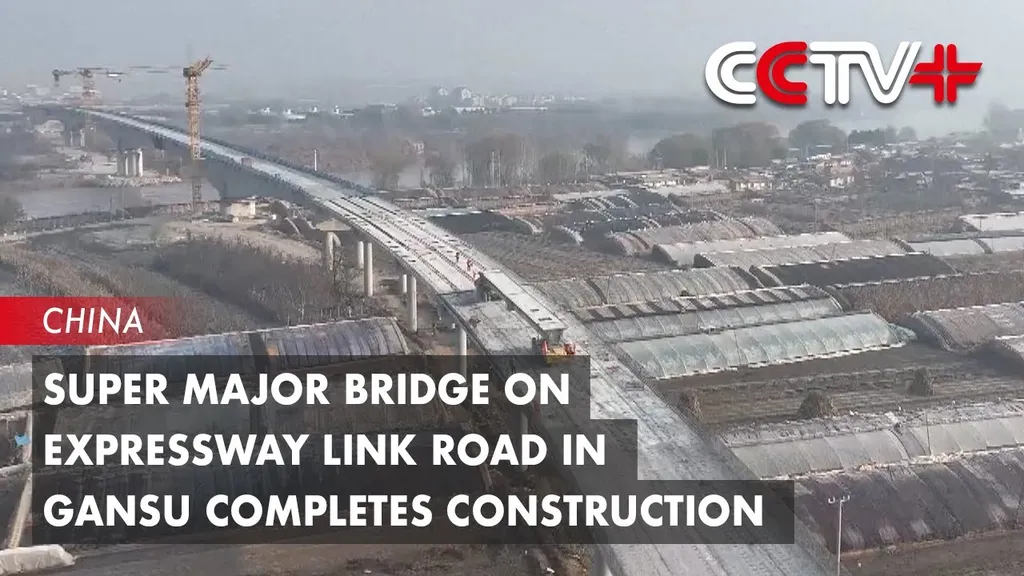In the heart of Gansu Province, a groundbreaking study is reshaping the way we think about bridge construction, with implications that could echo through the entire energy sector. Guojun Zhang, a leading engineer from Gansu Road and Bridge Third Highway Engineering Co., Ltd., has published a compelling piece of research in the journal *Advances in Civil Engineering* (translated from Chinese), focusing on the impact of temporary support removal sequences on composite beam bridges with corrugated steel webs (CSWs).
The study, titled “Effects of Temporary Support Removal Sequence on the Mechanical Behavior of Composite Beam Bridges With Corrugated Steel Webs in Sustainable Construction,” delves into the intricate dance of forces that play out during the construction of these innovative structures. By employing advanced finite element modeling, Zhang and his team were able to simulate the entire construction process of a curved beam bridge with corrugated webs, providing unprecedented insights into the mechanical behavior of these bridges.
The research reveals that the sequence in which temporary supports are removed can significantly influence the structural stiffness and deformation of the bridge. “The section deformation is dominated by vertical flexural deformation, and the removal sequence of temporary supports has a great influence on the formation of the structural stiffness,” Zhang explains. The study found that the structural stiffness increased the most under one particular operating condition, highlighting the critical role that construction sequence optimization can play in enhancing the efficiency and sustainability of bridge engineering.
The implications of this research extend far beyond the construction site. In the energy sector, where the transportation of materials and personnel often relies on robust infrastructure, the insights gleaned from this study could lead to more efficient and cost-effective construction methods. By optimizing the removal sequence of temporary supports, engineers could reduce the time and resources required to complete bridge projects, ultimately lowering the overall cost of energy transportation and infrastructure development.
Moreover, the study’s emphasis on sustainable construction practices aligns with the growing demand for environmentally responsible solutions in the energy sector. As the world shifts towards renewable energy sources, the need for resilient and sustainable infrastructure will only continue to grow. This research provides a valuable contribution to that ongoing effort, offering a roadmap for the broader adoption of innovative materials and methods in sustainable infrastructure development.
As Zhang’s research continues to gain traction, it is poised to shape the future of bridge construction and beyond. By shedding light on the complex interplay of forces that govern the mechanical behavior of composite beam bridges with CSWs, this study offers a compelling case for the importance of construction sequence optimization in achieving greater efficiency, sustainability, and cost-effectiveness in infrastructure development.

